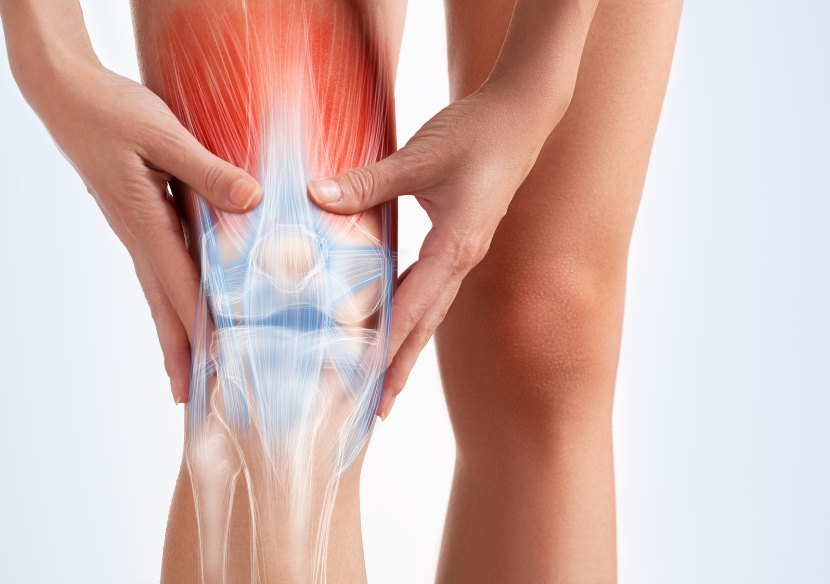Knee pain caused by arthritis, injuries, or degenerative conditions can severely affect mobility and quality of life. When medications, physiotherapy, or lifestyle changes fail to provide relief, doctors often recommend surgery. But did you know there are several types of knee replacement procedures available today?
Understanding the different types of knee replacement surgery helps you choose the right treatment plan in consultation with your doctor. From total to partial and robotic procedures, each option suits specific conditions, helping you choose the best approach for your needs.
Why do Patients Need Knee Replacement Surgery?
Before diving into the types of total knee replacement, it’s important to understand why patients undergo this procedure. Common reasons include:
- Severe osteoarthritis or rheumatoid arthritis.
- Joint damage due to injury.
- Stiffness and deformity in the knee joint.
- Chronic pain that restricts daily activities.
Types of Knee Replacement Surgery
There are four main types of knee replacement surgery available, depending on the severity of the damage and the patient’s needs.
1. Total Knee Replacement (TKR)
The most common type, total knee replacement, involves replacing the entire knee joint. Both the thigh bone (femur) and shin bone (tibia) surfaces are resurfaced with implants. Sometimes, the kneecap (patella) is also replaced.
- Best For: Patients with severe arthritis or widespread joint damage.
- Benefits: Provides long-term pain relief and restores function.
- Recovery: Around 3–6 months with proper physiotherapy.
This is considered the gold standard among the types of total knee replacement procedures.
2. Partial Knee Replacement (PKR)
In cases where only one part of the knee is damaged, a partial knee replacement may be performed. Only the affected compartment is replaced, while the healthy portions of the knee are preserved.
- Best For: Patients with localised arthritis (usually on the inner side of the knee).
- Benefits: Smaller incision, quicker recovery, and natural knee movement.
- Recovery: Often faster than TKR, with patients walking within days.
3. Robotic-Assisted Knee Replacement
A modern advancement in knee surgery types, robotic-assisted surgery uses computer-guided systems and robotic arms to help surgeons perform precise procedures.
- Best For: Patients seeking high precision and reduced risk of complications.
- Benefits: Improved implant alignment, quicker recovery, and less pain.
- Recovery: Typically faster due to minimally invasive techniques.
For those considering advanced care, consulting the best knee replacement surgeon in Ahmedabad ensures access to robotic technology and specialised expertise.
4. Revision Knee Replacement
Sometimes, patients who have undergone knee surgery in the past may require another operation due to implant wear, infection, or complications. This is called a revision knee replacement.
- Best For: Patients whose previous implants have failed or worn out.
- Benefits: Restores mobility and stability after initial surgery fails.
- Recovery: More complex than the first surgery, requiring longer rehabilitation.
How to Choose the Right Procedure
When deciding on the most suitable knee replacement surgery, doctors usually consider several factors such as age, lifestyle, severity of arthritis, and overall joint condition. Here’s a comparison that explains each option in detail:
| Basis | Procedure Description |
| Extent of Joint Damage |
|
| Technology Used |
|
| Previous Surgeries or Failures |
|
| Recovery & Rehabilitation |
|
| Suitability by Age & Lifestyle |
|
Who Is the Right Candidate for Each Knee Replacement Procedure?
- Total Knee Replacement Procedure → Best for patients over 55 with severe arthritis and pain in multiple compartments.
- Partial Knee Replacement Procedure → Recommended for younger patients or those with damage limited to one side of the knee.
- Robotic Knee Replacement Procedure → Suitable for patients seeking minimally invasive options with better implant alignment.
- Revision Knee Surgery → Necessary for patients whose implants have failed, loosened, or caused infection.
Recovery After Knee Surgery Procedures
Recovery depends on the type of knee replacement performed:
- Partial Knee Replacement → Faster recovery, less pain, and patients can walk within days.
- Total Knee Replacement → Requires structured physiotherapy for 3–6 months.
- Robotic-Assisted Knee Replacement → Often shorter hospital stays and quicker recovery.
- Revision Knee Surgery → Longer recovery due to surgical complexity.
It’s crucial to follow your surgeon’s advice on physiotherapy, diet, and lifestyle modifications for the best outcome. It is essential to choose wisely and consult the best orthopaedic doctor in ahmedabad.
Conclusion
Choosing between the different types of knee replacement surgery depends on your age, activity level, joint condition, and overall health. While a total knee replacement surgery procedure is the most common, options like partial knee replacement procedures and robotic knee replacement procedures are becoming increasingly popular due to their precision and faster recovery benefits.
Remember, the ultimate goal isn’t just pain relief—it’s regaining mobility, independence, and an improved quality of life.

